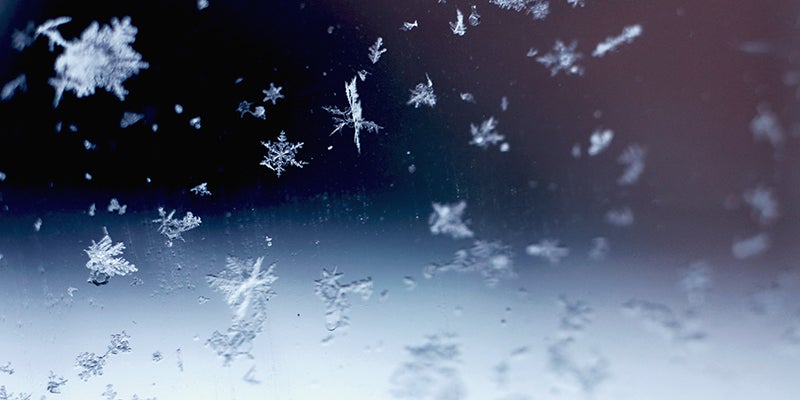Nature Notes: Honey harvesting at the Nature Center
Published 8:41 am Saturday, August 31, 2024

- Photo provided
|
Getting your Trinity Audio player ready...
|
By Meredith Maloney
Naturalist/Office Manager
This month, the Jay C. Hormel Nature Center will be hosting our annual Honey Harvest. Every September we open up our beehives and harvest excess honey, bottle it, and sell it. Have you ever wondered why we harvest only once a year and always in September? Well, you’ve come to the right place!
Minnesota beekeepers (almost) always harvest in September. Typically by the end of September, flowers are no longer blooming, and nectar is no longer flowing. Consequently, honey production is coming to a close. Additionally, summer warmth often continues through September. Opening a hive in cold weather can cause a lot of damage to the health of the hive.
However, there are a lot of other factors that determine the best time to harvest. Honey is ready to be harvested when each frame has at least 80% sealed and capped honey.
After bees drink nectar from flowers, the nectar goes into their crop, or honey stomach. Once back at the hive, they regurgitate it into empty cells. They add enzymes called diastase and invertase after regurgitating nectar, which help break down the sugar into more digestible fructose and glucose that bee bellies can process. Nectar transitions to honey when a large portion of water evaporates off until there is less than 18.6% percent water left. Nectar is made up of 70% water and 30% sugar, whereas honey is approximately 40% fructose, 30% glucose and 17% water.
In order to remove excess water, the bees fan the nectar with their wings. Once the nectar has enough water evaporated off of it to be deemed honey in the eyes of the bee, they will then cap it for winter storage.
In order to cap the honey, bees are able to create their own wax from a gland that is located on their abdomen, which is secreted as a liquid and hardens over time. Once secreted from the abdomen, the bees then chew on the wax using their mandible to soften it. One bee in peak fitness can produce 8 scales of wax from their abdomen in a 12 hour period, however, over 1,000 scales of wax are needed to produce a single gram of beeswax. Amazingly, 680,385 hours of bee work are needed for bees to produce a single pound of wax. That comes out to 77.67 YEARS of accumulative time worked.
It is easy to take things like honey and beeswax for granted when there is always plenty at the grocery store. I always find that honey tastes a little bit sweeter when I remember just how much work, time, and pollen it took for the teaspoon I put in my tea.
Events at the Nature Center
Sept. 3: Halloween Warm-Up Tickets on sale online
Sept. 6: Red Cross Blood Drive, 9 a.m. to 3 p.m.:
Sept. 7: Honey Harvest Open House, 9:30 a.m. to noon
Sept. 13: Cedar River Astronomy Club Meeting, 8-9 p.m.
Sept. 14: Statewide Star Party, 1-4 p.m.
Sept. 14: Sola Fide Observatory Open House, 8-11 p.m.
Sept. 21: Nature Center 8K Race, 9 a.m.
Sept. 28: Sola Fide Observatory Open House, 9-11 a.m.



